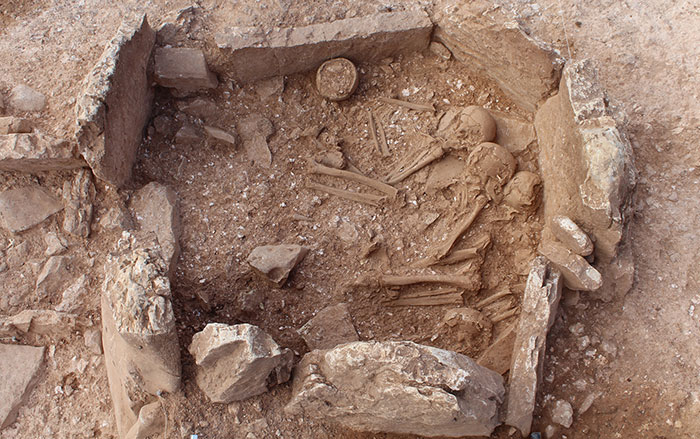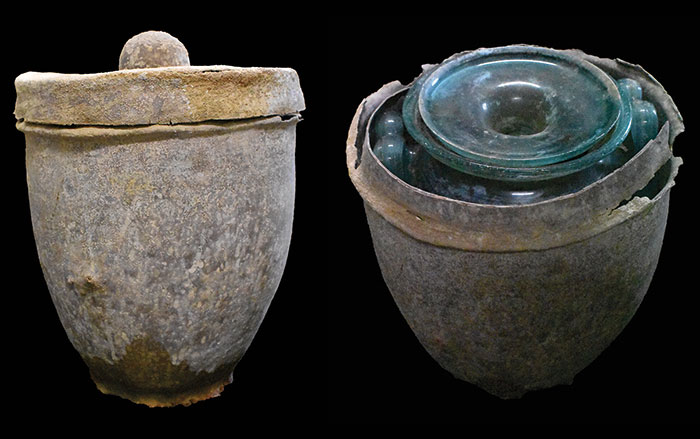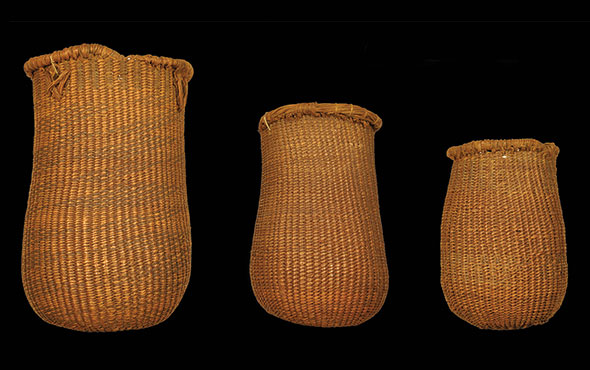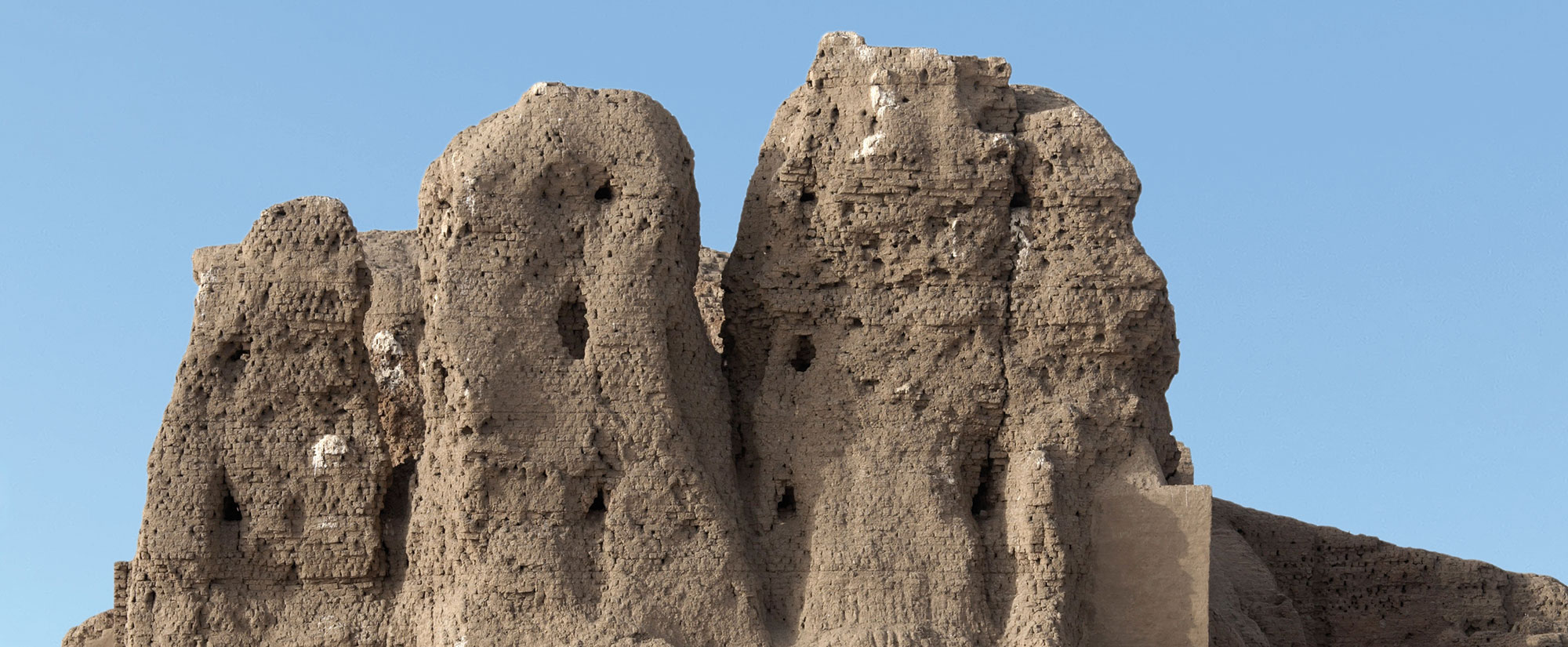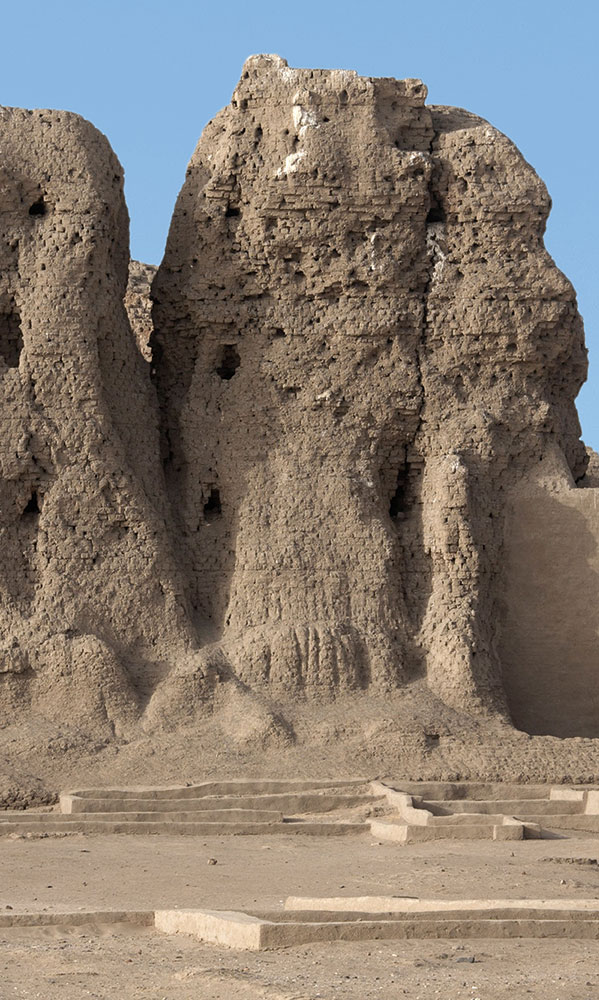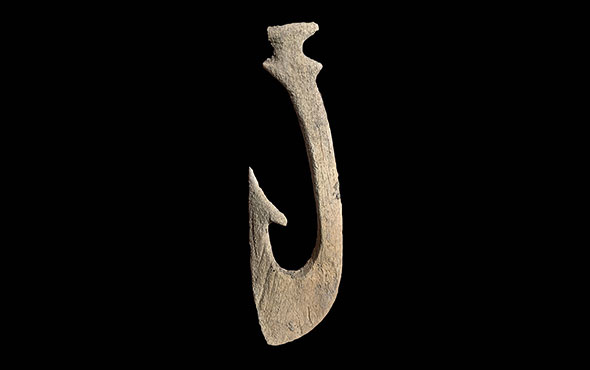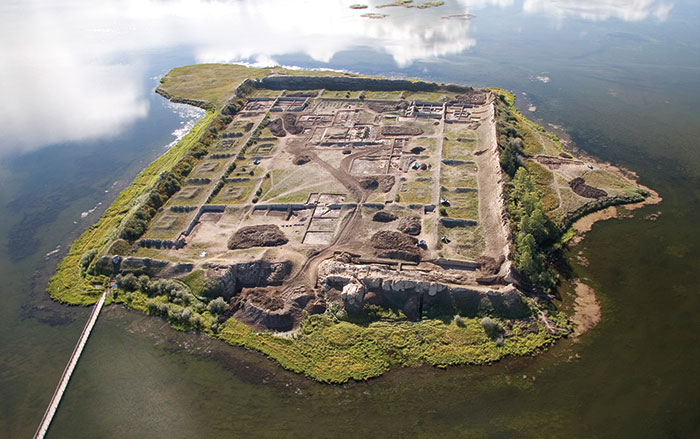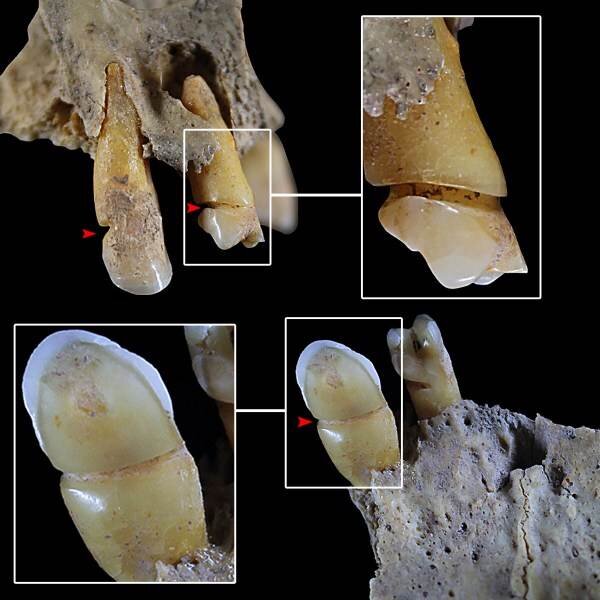
GRANADA, SPAIN—According to a statement released by the University of Granada, a team of researchers led by Marina Lozano of the Catalan Institute of Human Paleoecology and Social Evolution (IPHES) and Rovira i Virgili University (URV) examined the teeth of 106 individuals of the El Argar culture who were buried at Castellón Alto, an archaeological site in southern Spain, some 4,000 years ago. The study found wear on the women’s front teeth, including notches, chipped enamel, and grooves caused by the manipulation of plant and animal materials to create thread and cord for the production of textiles and baskets. In addition, the amount of wear on the teeth indicates that the women probably began to learn the craft in adolescence and continued work throughout their lives, so that the teeth of the oldest women showed the most wear. Such wear and tear was not found on the men’s teeth. To read about a study of changes in language that were connected to changing bite patterns, go to "You Say What You Eat."


